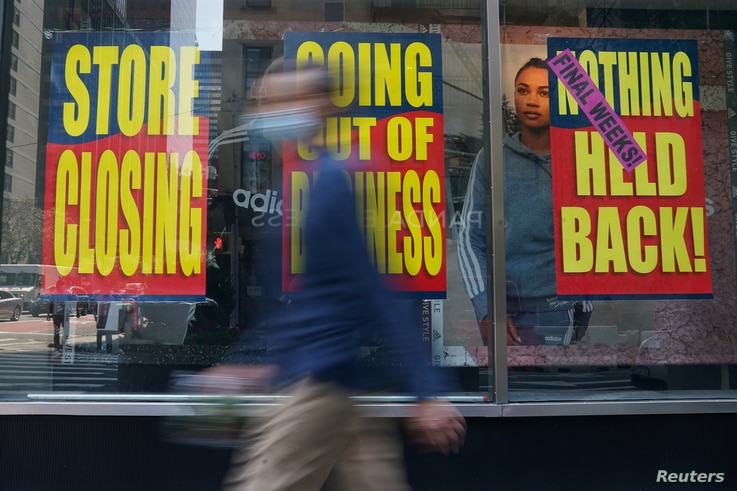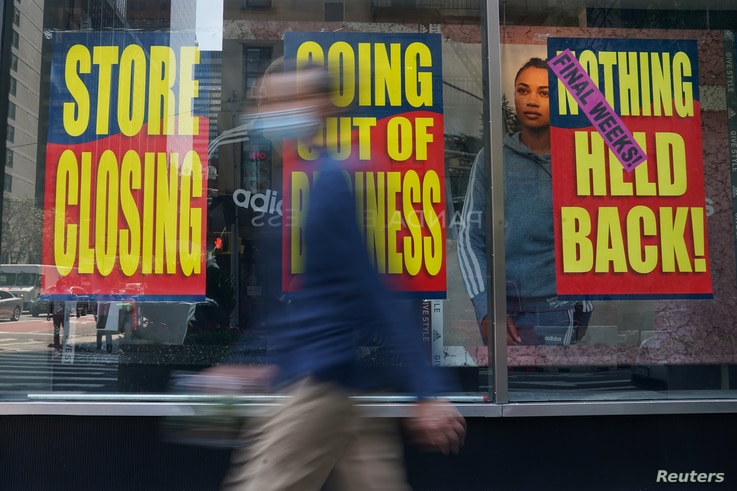Some 803,000 U.S. workers filed for unemployment compensation last week, a historically high level but 89,000 fewer than the previous week, the U.S. Labor Department reported Wednesday, as the coronavirus crisis continues to weaken the American labor market nine months after the pandemic began.
Nearly 10 million of the 22 million workers who lost jobs remain unemployed in the U.S. The jobless rate was 6.7% in November and many economists say the figure could remain elevated for months. Hiring in November slowed for a fifth straight month, with employers adding the fewest jobs since April.
The recent weekly claims figures are well below the 6.9 million record number of claims filed in late March as the coronavirus swept into the U.S. but remain above the highest pre-pandemic level in records going back to the 1960s.
U.S. employers have called back millions of workers who were laid off during business shutdowns earlier this year, yet some hard-hit businesses have been slow to ramp up their operations again or have closed permanently, leaving workers idled or searching for new employment as coronavirus cases surge again.

Recipients of traditional state unemployment benefits dropped to 5.3 million for the week ending December 12 from a week earlier, after peaking at nearly 23 million in early May. The steady decline since then means some people returned to the work force and were no longer receiving aid. But the figures also suggest that many have exhausted their state benefits, which typically expire after six months.
Millions of Americans getting checks under two federal programs created in March to ease the financial pain inflicted by the pandemic are set to expire the day after the December 25 Christmas holiday. Congress agreed on Monday to extend the programs as part of a $900 billion pandemic rescue bill.
However, President Donald Trump suddenly raised doubts late Tuesday about the aid and other federal funds by declaring the rescue package insufficient and suggesting he may not sign it into law. Trump demanded that lawmakers increase direct payments for most citizens from $600 to $2,000 for individuals and $4,000 for couples, despite opposition from fellow Republicans.
In response to Trump’s demands, House Speaker Nancy Pelosi tweeted Tuesday that fellow Democrats are prepared to bring the proposal to a floor vote this week.
Economists, meanwhile, expect the U.S. economy’s recovery will gain momentum in the second half of 2021, after passage of the latest stimulus package and as vaccines become more widely available.






